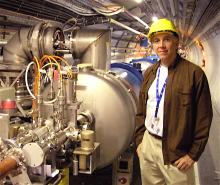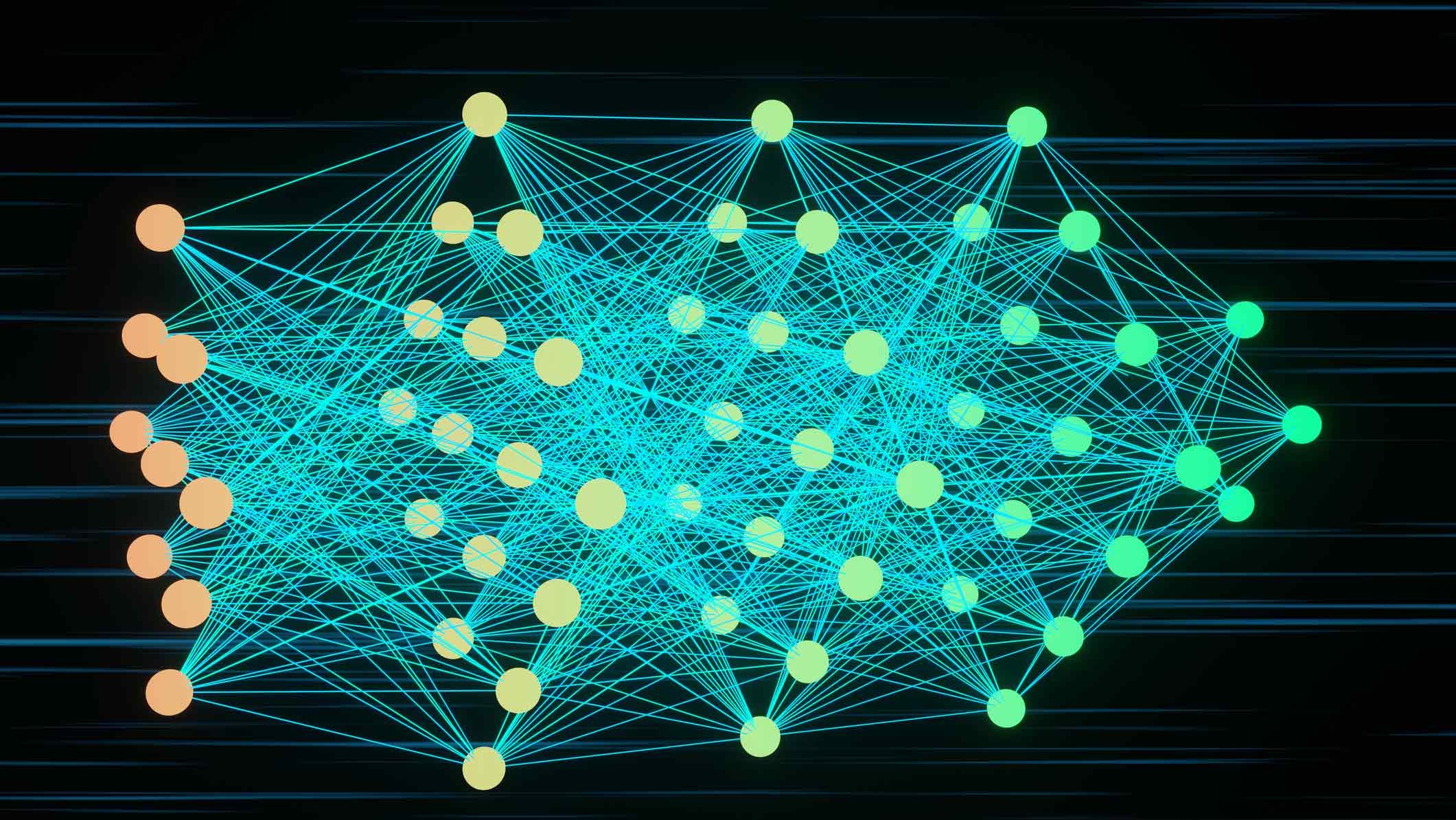
Already a key player in the team of UC Santa Barbara physicists working at the Large Hadron Collider (LHC) in Europe for the past two years, Joseph Incandela's commitment to the history-making science project just gravitated to a new level.
Incandela, wrapping up his third year as deputy physics coordinator for the LHC's Compact Muon Solenoid (CMS) experiment, has been appointed as one of two deputy spokespersons for the CMS project. Incandela was nominated and unanimously chosen for this position by his international peers. Incandela is a professor of physics at UCSB.
"My first thought was about what a great honor this is," Incandela said by e-mail from Switzerland after learning of the appointment. "I was pleased that my colleagues would consider me for such an important position. My second thought was that life was not going to get any simpler for a couple more years. It will be a demanding time, but also very rewarding."
Incandela describes his new role as "staying on top of the physics" of the CMS experiment. "CMS has built an incredible detector and we've demonstrated that it works very well," he said. "We have a very sophisticated online and offline computing and software environment, with many of the top people in the field working very hard to get it ready for collision data. What remains is to put it all together in the pursuit of physics once the LHC starts to deliver data. This is where (co-deputy spokesperson) Albert De Roeck and I will concentrate our attention." De Roeck is from the University of Antwerp.
Incandela said his new role is akin to being the vice president of a company or corporation. The CMS experiment's chief spokesperson, Guido Tonelli of the University of Pisa, is like the CEO, Incadela said, while the deputy spokespersons are viewed as No. 2 in the chain of command.
The LHC drew worldwide attention when it went online last September.
The startup of the world's largest particle collider was eagerly awaited by physicists who saw it as the best chance to address the unknowns of particle physics and cosmology.
Unfortunately, shortly after the first proton beams were fired, there was a problem with a joint in the collider's magnet couplings, resulting in a helium leak into the LHC tunnel and a shutdown of all experiments. Subsequent repairs and testing have taken longer than initially expected, but the delay is due to the scientists' exercising extreme caution.
"A large effort was carried out to not only repair all the damage, but to prevent such a thing from happening again," Incadela said. "This all took time. In fact, they found a half-dozen or so suspicious joints. In view of all of these precautions, the start of
operation is now delayed until November, and it may slip some more."
CMS, one of the LHC's four major experiments, is a complex array of instruments used to detect subatomic particles. It weighs 12,000 tons and is four stories tall. A contingent of more than 40 UCSB faculty members, graduate students, postdoctoral researchers and others have worked for eight years to help construct the apparatus.
In addition to Incandela, UCSB is represented at the LHC by professors Claudio Campagnari, David Stuart, Jeffrey Richman, and Steve Giddings.
The LHC's downtime has been anything but slow time for the UCSB team and other scientists working on the CMS. "We carried out several months of work on the detector –– installing some final systems that were not ready earlier," Incandela said. "The detector is now 100 percent complete. We are now preparing to run it without beams to collect signals from cosmic ray muons, which can be used to align and calibrate the detector. It looks very good at the moment."
The UCSB team, Incandela said, is one of the strongest groups involved in the search for new physics. "A simple way to phrase what we are doing is to say that we are setting up to look for evidence of production of a new form of matter that is consistent with the dark matter surrounding galaxies," he said. "It won't appear overnight, and we know that they will move cautiously in turning on the machine. We have been working very long hours all year to get ready."
The restart of the LHC will be the culmination of almost two decades of intense work and preparation. "There is a lot at stake, so there is more than excitement here," Incandela said of the preparations for the next beams. "If all goes well, by the end of 2010, we may have data that will allow us to push significantly into new realms of physics."
Issued: Jul. 28; updated: Aug. 4
Related Links



